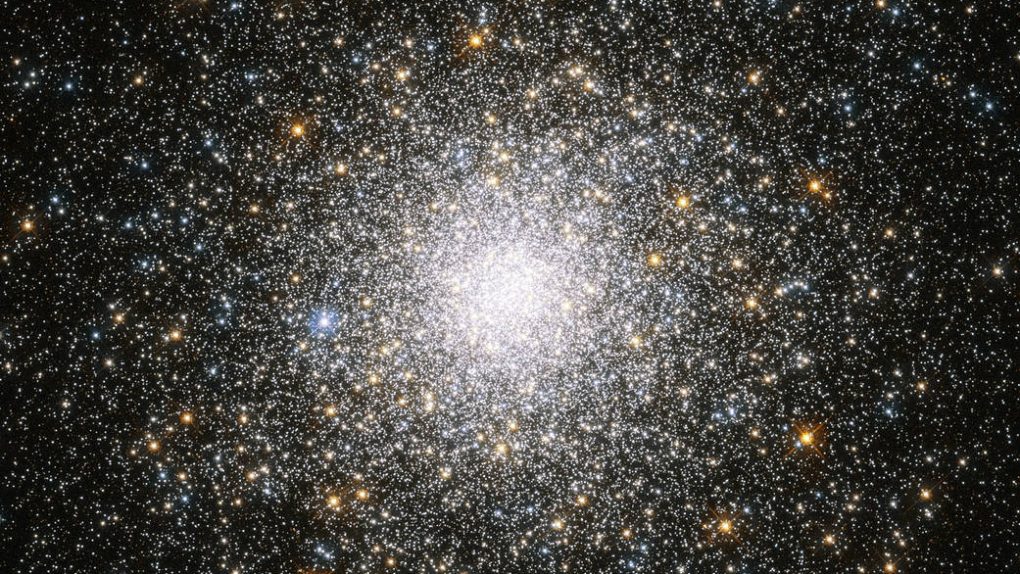- Researchers suggest exoplanets with dusty atmospheres may have a better shot at supporting life on their surfaces.
- Planets with dusty atmospheres may have more stable temperatures on their surfaces, which is a big deal when it comes to life.
- Unfortunately, while dust may help life take root, it may also obscure our view of a planet’s surface and prevent us from detecting that life.
Hunting for signs of alien life
in the cosmos is tough. Only recently has technology reached a point where observatories can reliably detect the presence of planets outside of our solar system, so detecting life on those distant worlds remains a massive challenge.
Astronomers can learn a lot about a planet from afar, including its type, its distance from its host star (and therefore an estimate of its surface temperature), and sometimes even whether or not it has an atmosphere. Now, researchers suggest that if we really want to find alien life on other worlds, there’s another thing we should be looking for: Dust.
The study, which was published in the journal Nature Communications, suggests that planets with dust in their atmosphere may have a higher probability of habitability, and therefore a greater shot at supporting existing life. Their reasoning is fairly straightforward; Dusty worlds could have greater temperature stability thanks to the insulating properties of the tiny particles floating high above.
Earth rotates on its own as it orbits the Sun, but many exoplanets discovered by astronomers don’t behave in the same way. Many of them are locked into a synchronous orbit that means one side of the planet always faces the star. These planets aren’t thought to be very friendly to life since the star-facing side is often scorching hot and the dark side is incredibly cold. A dusty atmosphere could make these worlds a little bit more comfortable.
“On Earth and Mars, dust storms have both cooling and warming effects on the surface, with the cooling effect typically winning out. But these ‘synchronised orbit’ planets are very different,” Dr Ian Boutle, lead author of the work, said in a statement. “Here, the dark sides of these planets are in perpetual night, and the warming effect wins out, whereas on the dayside, the cooling effect wins out. The effect is to moderate the temperature extremes, thus making the planet more habitable.”
The scientists ran multiple simulations to get a better idea of how a dusty atmosphere could impact the climate of a planet that is locked into a synchronous orbit with its star. They found that dust is favorable for habitability, but it also poses a problem in terms of visibility.
Sure, finding a planet with dust surrounding it might mean it supports life, but it makes it even more difficult to confirm the presence of that life. Depending on how dense the dust is, it can obscure our view of the planet and prevent current and future telescopes from detecting anything on the surface.








